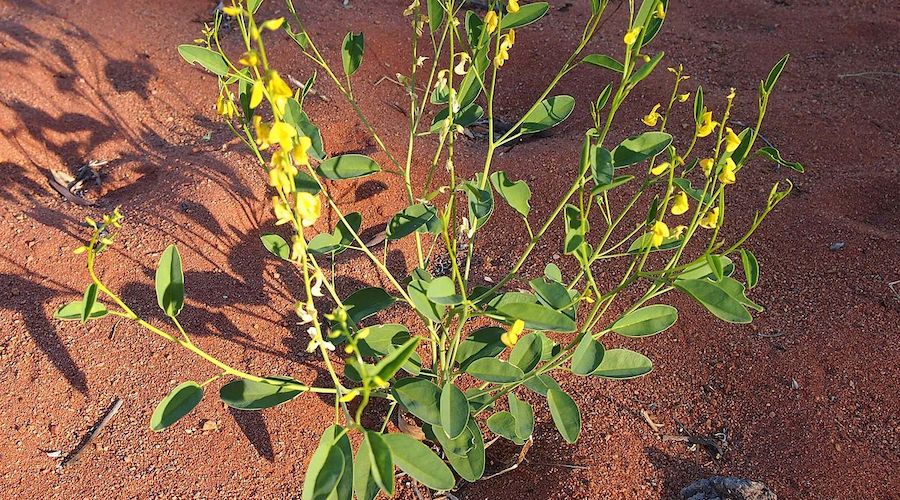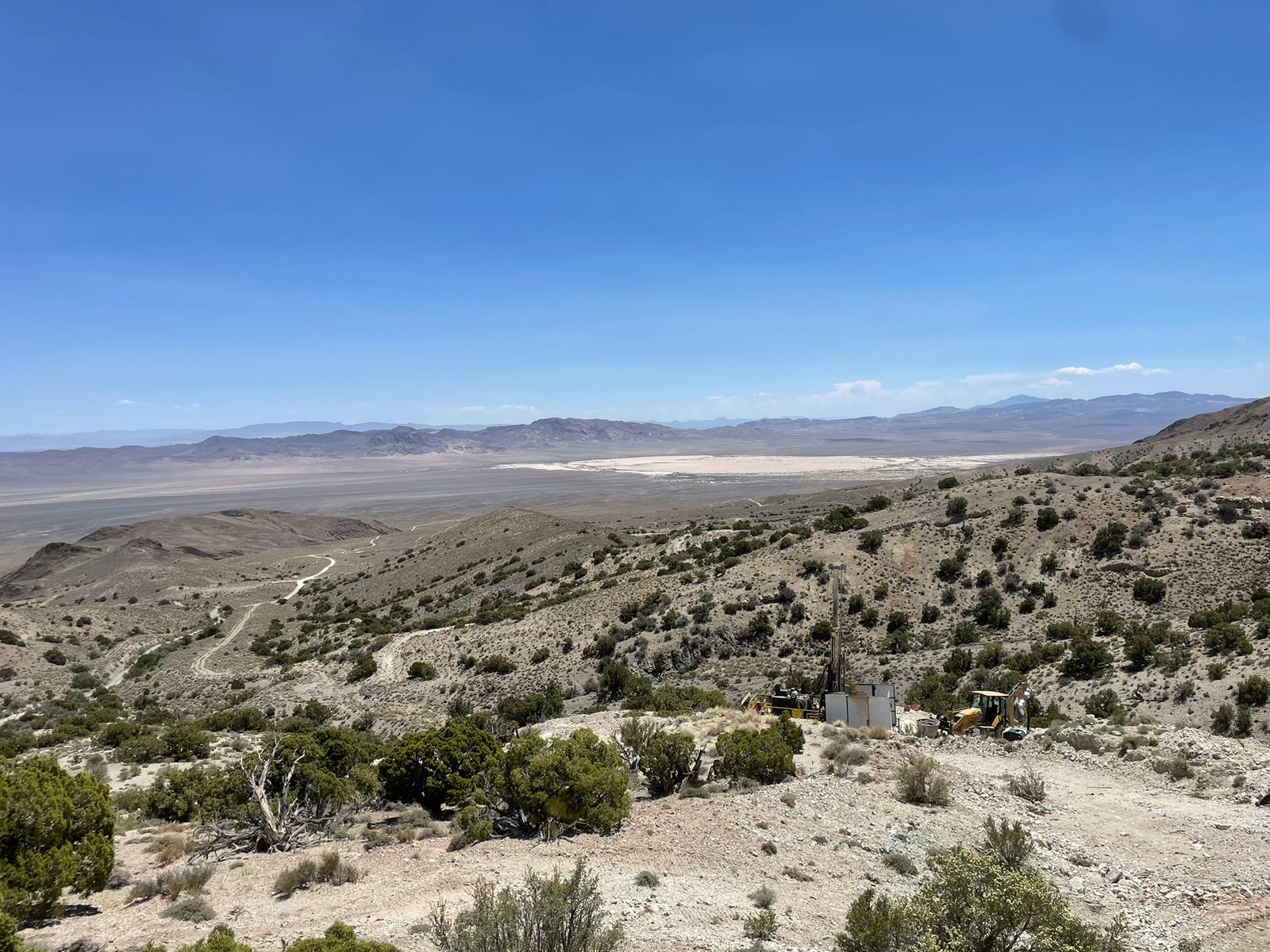Phytomining is a thing in Australia

Researchers at the University of Queensland have been working on developing a phytomining technology that allows them to harvest metals from the living tissue of a group of plants known as hyperaccumulators, which retain metals in high concentrations after absorbing them through their roots.
These plants absorb metals from mining wastes, which are normally stored in tailings facilities and contain valuable metals such as cobalt. In the view of researcher Philip Nkrumah, these waste accumulations represent some of the largest untapped resources globally.
Intensive screening efforts in global herbaria have led to the discovery of more than 100 hyperaccumulator plants new to science
“Phytomining is an innovative solution because it complements the global supply chain for critical minerals like cobalt while promoting the circular economy by utilising mining waste,” Nkrumah said in a media statement. “Some species of plants can contain up to 1% of cobalt or 4% of nickel in their shoots, translating to more than 25% metal in their ash which is dubbed ‘bio-ore’.”
Besides cobalt, plants such as Australia’s native legume New Holland Rattlepod, which grows around MMG’s Dugald River mine, have shown zinc hyperaccumulation.
According to Nkrumah, the high purity of bio-sourced metals makes them especially suited for applications in the electrochemical industry, like producing rechargeable batteries.
{{ commodity.name }}
{{ post.title }}
{{ post.date }}

Comments